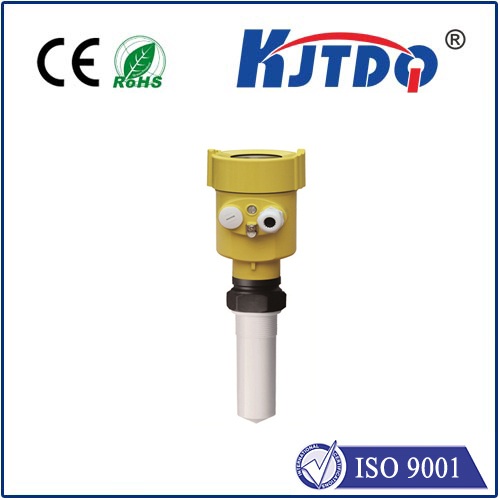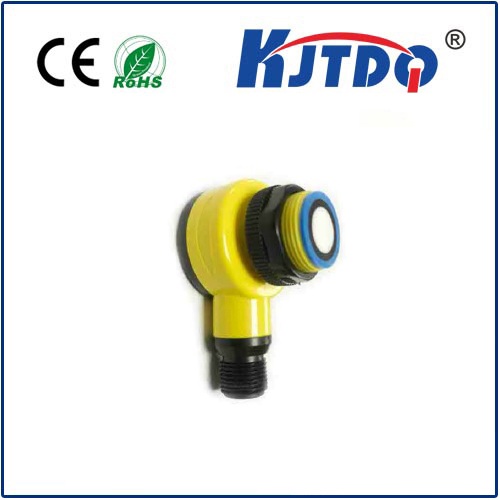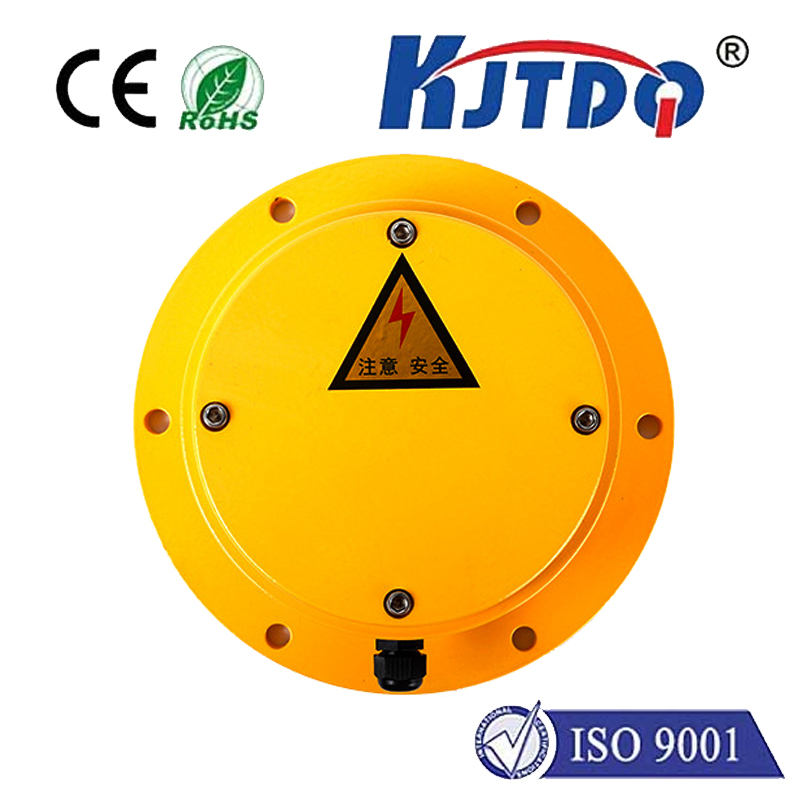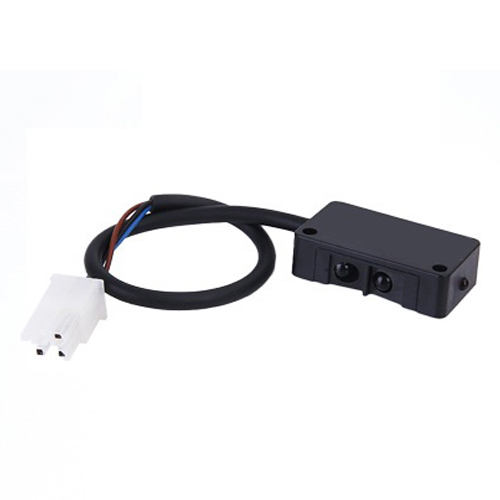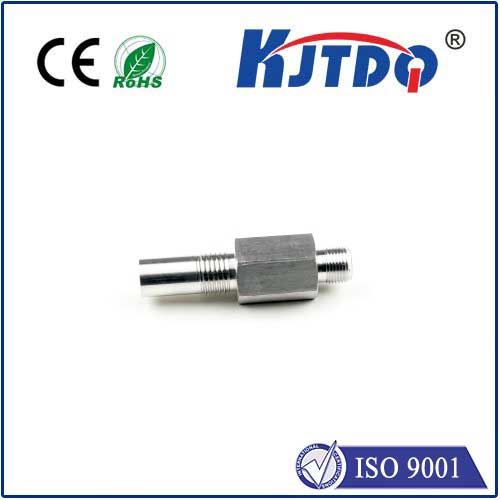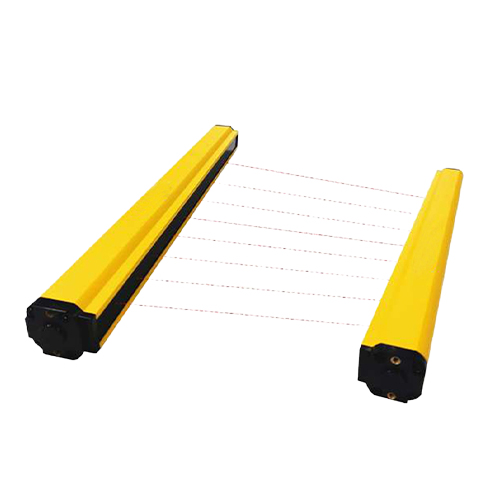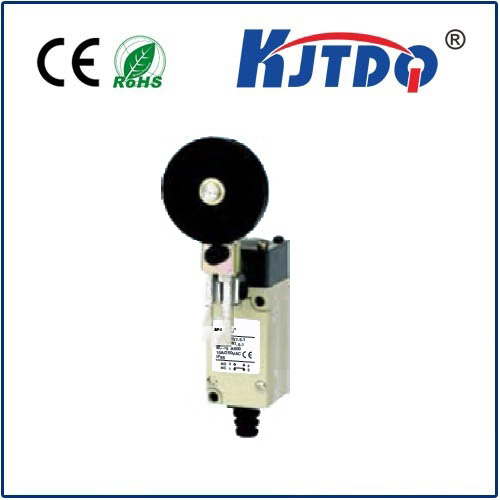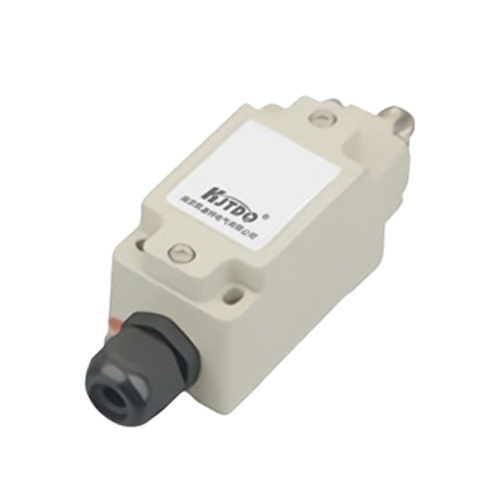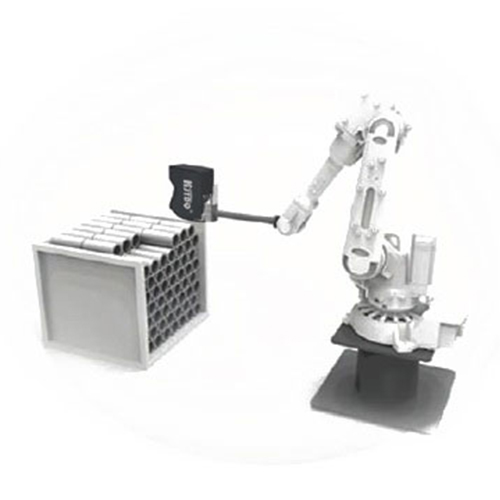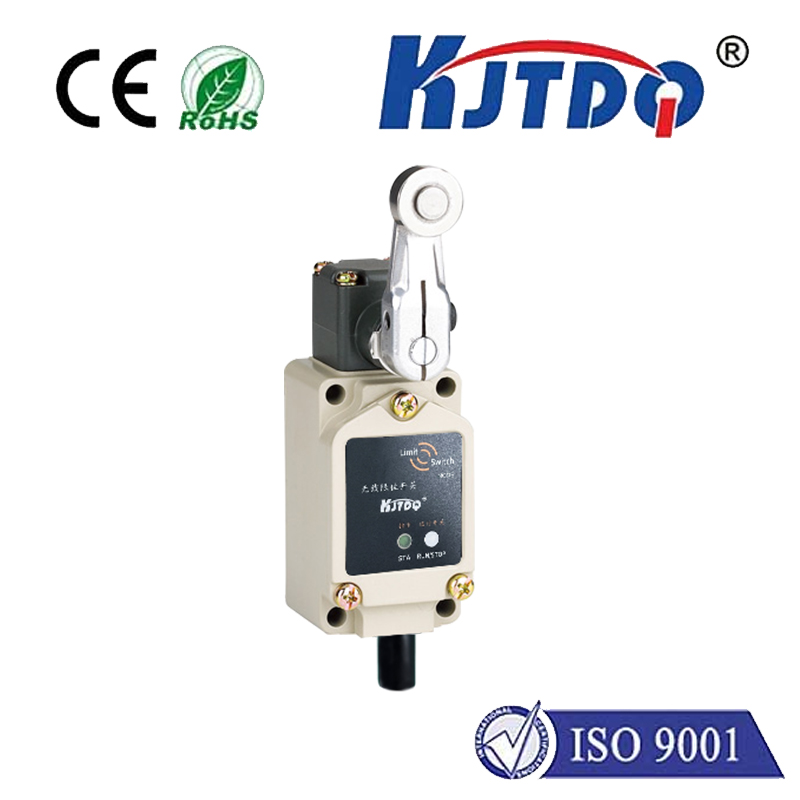

check

check

check

check
As technology continues to advance, industrial automation has become increasingly prevalent in various industries. One critical aspect of this automation is the use of proximity sensors to monitor and control hydraulic cylinders. In this article, we will discuss the importance of hydraulic cylinder proximity sensors in improving safety and efficiency in hydraulic systems.
Firstly, proximity sensors help ensure the safety of workers operating hydraulic equipment by detecting the presence of objects or people in the area surrounding the cylinders. This allows for timely alerts to be issued, reducing the risk of accidents caused by human error or mechanical failure. For example, a worker may be alerted when they are about to collide with a moving hydraulic cylinder, preventing potential injuries or damage to the system.
Secondly, proximity sensors can improve the efficiency of hydraulic systems by providing real-time feedback on the status of the cylinders. By monitoring the position and movement of the cylinders, engineers can make more informed decisions about how to optimize their operations. This can lead to increased productivity, reduced downtime, and improved cost-effectiveness. For instance, if a hydraulic system is experiencing excessive wear or damage, the sensors can detect this issue and alert operators to take corrective action before significant harm occurs.
In addition to these practical benefits, proximity sensors also contribute to the overall reliability and sustainability of industrial processes. By providing accurate and consistent data on the performance of hydraulic systems, these sensors enable engineers to design more robust and energy-efficient systems. Furthermore, by reducing unplanned downtime due to mechanical failures,proximity sensors can help businesses minimize their environmental impact and save on operational costs.
In conclusion, hydraulic cylinder proximity sensors play a vital role in ensuring the safety and efficiency of industrial hydraulic systems. By providing real-time information on the status of cylinders and minimizing the risk of accidents, these sensors help businesses operate more safely and cost-effectively. As technology continues to evolve, it is likely that proximity sensors will become even more advanced and indispensable tools for industrial automation.
